Home>Garden Essentials>How Many Seeds In Strawberry
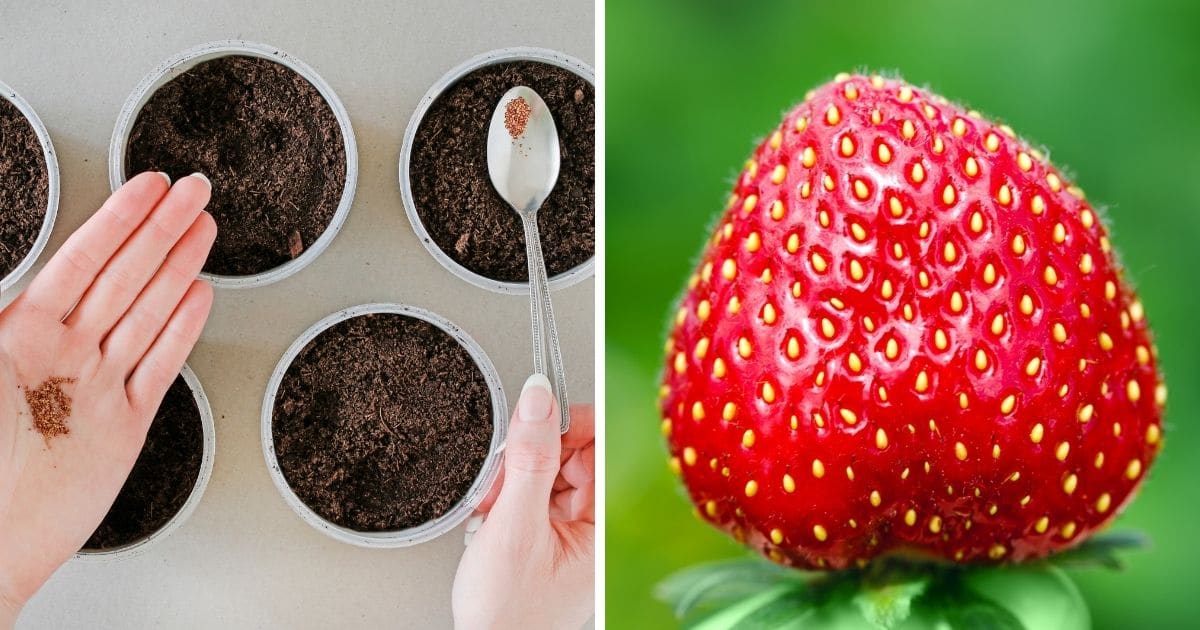

Garden Essentials
How Many Seeds In Strawberry
Modified: March 24, 2024
Learn how to grow strawberries in your garden and discover how many seeds are in each fruit. Perfect for gardening enthusiasts!
(Many of the links in this article redirect to a specific reviewed product. Your purchase of these products through affiliate links helps to generate commission for Storables.com, at no extra cost. Learn more)
Introduction
Welcome to the wonderful world of strawberries! These succulent and sweet fruits are not only a delight for the taste buds but also a fascinating subject for gardeners and plant enthusiasts. Have you ever wondered how many seeds are there in a strawberry? In this article, we will explore the anatomy of strawberries, the formation of seeds, factors that affect seed count, methods for counting seeds, and even delve into a study on the average seed count in commercially grown strawberries.
Strawberries belong to the Rosaceae family and are known for their bright red color, juicy flesh, and sweet flavor. They are not only delicious but also packed with nutritional benefits, making them a popular choice for both culinary and health purposes. But before we dive into the specifics of strawberry seeds, let’s first understand the anatomy of a strawberry.
Key Takeaways:
- Strawberries have around 200 to 400 seeds per fruit, but factors like variety and growing conditions can affect the count. Understanding these factors can help gardeners maximize seed production.
- Counting strawberry seeds can be tricky, but methods like visual estimation, seed extraction, and image analysis can provide valuable insights into seed count. Commercially grown strawberries have an average of 200 to 400 seeds per fruit.
Read more: How Many Seeds On Strawberry
Anatomy of a Strawberry
Understanding the anatomy of a strawberry is key to unraveling the mysteries of its seeds. A strawberry consists of several parts, each playing a vital role in its growth and reproduction.
The outer skin of a strawberry, known as the “epidermis,” is smooth and glossy, protecting the fruit from external factors. Beneath the skin lies a layer of fleshy tissue, called the “mesocarp,” which provides the strawberry with its juicy texture.
At the center of the strawberry is the “receptacle,” a swollen area that houses the seeds. The receptacle is the part that is typically eaten, giving us the familiar sweetness we love. The seeds, known as “achenes,” are embedded within small pits on the swollen surface of the receptacle.
Each achene is actually a tiny fruit in itself, containing a single seed. The achene is covered with a tough and dry outer layer, called the “testa,” which protects the seed inside. The shape and size of the achenes can vary depending on the strawberry variety, but they are typically small and resemble tiny, hard grains.
Now that we have a basic understanding of the anatomy of a strawberry, let’s explore how these seeds are formed.
Formation of Seeds in Strawberries
The formation of seeds in strawberries begins with the process of pollination. Strawberries are generally self-pollinating, which means they have both male and female reproductive organs within the same flower. However, some varieties may require cross-pollination with the help of insects, wind, or human intervention.
When a strawberry flower is pollinated, the male part of the flower, called the “stamen,” releases pollen grains that travel to the female part, known as the “pistil.” The pistil consists of three main parts – the stigma, style, and ovary.
Once the pollen grains reach the stigma, they travel down the style and into the ovary, where the fertilization process takes place. The fertilized ovules within the ovary develop into seeds, while the other parts of the flower start to wither away.
As the strawberry fruit grows, the achenes, which contain the seeds, develop on the surface of the receptacle. Each achene is connected to the receptacle through a small stalk-like structure called the “pedicel.”
It’s important to note that not all achenes on a strawberry fruit are fully developed seeds. Some may not undergo fertilization or may not develop properly, resulting in smaller or even empty achenes. The number and viability of seeds in a strawberry can vary depending on various factors.
Now that we understand how seeds are formed in strawberries, let’s explore the factors that can affect the seed count in these delicious fruits.
Factors Affecting Seed Count in Strawberries
The seed count in strawberries can vary due to several factors, including genetic factors, environmental conditions, and cultural practices. Let’s explore some of the key factors that can affect the seed count in these fruits.
- Variety: Different strawberry varieties have varying seed counts. Some varieties are known to produce more seeds, while others may have fewer seeds or even seedless achenes.
- Pollination: Proper pollination is essential for the development of a healthy seed. Inadequate pollination can result in reduced seed count or poorly developed seeds.
- Fertility: The fertility of the plant plays a crucial role in seed production. Healthy and vigorous strawberry plants are more likely to produce a higher number of seeds.
- Temperature: Temperature fluctuations during flowering and fruit development can influence seed development. Extreme temperatures, especially high temperatures, can negatively impact seed formation.
- Moisture: Adequate moisture is necessary for the growth and development of strawberry seeds. Lack of water or excessive dryness can lead to poor seed formation.
- Nutrition: Providing the plants with proper nutrition, including balanced fertilizers, can promote healthy seed development.
- Pest and Disease Pressure: Infestations of pests or diseases can inhibit proper pollination or cause damage to developing seeds, resulting in lower seed count.
- Cultural Practices: Pruning, thinning, and general care practices can impact the seed count in strawberries. Proper plant spacing and ensuring adequate airflow can enhance pollination and seed development.
It’s important to note that while these factors can influence seed count, they may not always be within the gardener’s control. However, understanding these factors can help in managing the growth and development of strawberries to promote optimal seed production.
Now that we know the factors that influence seed count, let’s explore the methods for counting strawberry seeds.
The average strawberry has around 200 seeds on its outer surface.
Methods for Counting Strawberry Seeds
Counting strawberry seeds can be a challenging task due to their small size and the arrangement on the surface of the receptacle. However, there are a few methods that can be used to estimate the seed count. Here are some common methods for counting strawberry seeds:
- Visual Estimation: This method involves visually estimating the number of seeds on a strawberry fruit by examining its surface. It can provide a rough estimate of the seed count but may not be very accurate due to the small size of the seeds and their arrangement.
- Seed Extraction: In this method, the achenes are removed from the strawberry fruit and counted individually. This can be done by cutting the strawberry in half or using a spoon to scoop out the achenes. The achenes can then be counted manually or using specialized equipment.
- Weight-based Estimation: This method involves weighing a known number of strawberries and then calculating the average weight per strawberry. By dividing the total weight by the average weight per strawberry, an estimate of the seed count can be obtained.
- Image Analysis: Digital imaging techniques can be used to capture high-resolution images of strawberry fruits. Specialized software can then analyze the images and count the number of seeds present on the surface.
It’s important to note that these methods provide estimates and may not yield an exact seed count. The accuracy of the estimation depends on various factors, including the consistency of seed size and the proficiency of the person performing the counting.
Now that we have explored different methods for counting strawberry seeds, let’s delve into a study that reveals the average seed count in commercially grown strawberries.
Read more: How Many Seeds In A Strawberry
Study: Average Seed Count in Commercially Grown Strawberries
A study conducted on commercially grown strawberries aimed to determine the average seed count in these widely consumed fruits. The researchers collected a sample of strawberries from different farms and analyzed the seed count in each fruit.
The study found that the average seed count in commercially grown strawberries ranged from approximately 200 to 400 seeds per fruit. However, it’s important to note that there can be variations within different strawberry varieties and growing conditions.
The study also revealed that factors such as variety selection, cultivation practices, and environmental conditions can significantly influence seed count. Certain strawberry cultivars were found to consistently produce higher seed counts compared to others.
Interestingly, the study also discovered variations in the seed count among different sections of a single strawberry fruit. The top portion of the fruit tended to have a higher seed count compared to the lower portion. This variation could be attributed to various factors, including pollination patterns and nutrient distribution within the plant.
While this study provides valuable insights into the average seed count in commercially grown strawberries, it’s essential to remember that seed count can vary depending on factors such as cultivation practices, genetics, and environmental conditions. Additionally, individual fruits within the same batch may have different seed counts.
Now that we have explored the results of this study, let’s conclude our journey into the world of strawberry seeds.
Conclusion
Strawberries are not only delicious and nutritious fruits but also intriguing when it comes to their seeds. Understanding the anatomy and formation of seeds in strawberries allows us to appreciate the complexity of these small fruits.
Factors such as variety, pollination, fertility, temperature, moisture, nutrition, and cultural practices can all impact the seed count in strawberries. By considering these factors and providing optimal growing conditions, gardeners can maximize the seed production in their strawberry plants.
Counting strawberry seeds can be challenging, but methods such as visual estimation, seed extraction, weight-based estimation, and image analysis can be utilized to estimate the seed count. While these methods provide approximate results, they can still offer valuable insights into the seed count of strawberries.
A study conducted on commercially grown strawberries revealed an average seed count ranging from approximately 200 to 400 seeds per fruit. However, the actual seed count can vary depending on factors such as variety selection, cultivation practices, and environmental conditions.
Despite the variations in seed count, the beauty of strawberries lies not only in their seeds but also in their delectable taste and versatility in culinary applications. Whether enjoyed fresh, in jams, or as a topping on desserts, strawberries bring delight to our taste buds all while being a source of vitamins, antioxidants, and fiber.
As you indulge in the sweetness of strawberries, take a moment to appreciate the intricate process of seed formation that occurs within these vibrant fruits. Next time you bite into a juicy strawberry, remember the countless seeds that contribute to its remarkable flavor and nutritional value.
So, the next time you ponder the question, “How many seeds are there in a strawberry?” remember that the answer lies within the captivating world of strawberry anatomy, pollination, and cultivation.
Happy gardening and strawberry-eating!
Frequently Asked Questions about How Many Seeds In Strawberry
Was this page helpful?
At Storables.com, we guarantee accurate and reliable information. Our content, validated by Expert Board Contributors, is crafted following stringent Editorial Policies. We're committed to providing you with well-researched, expert-backed insights for all your informational needs.
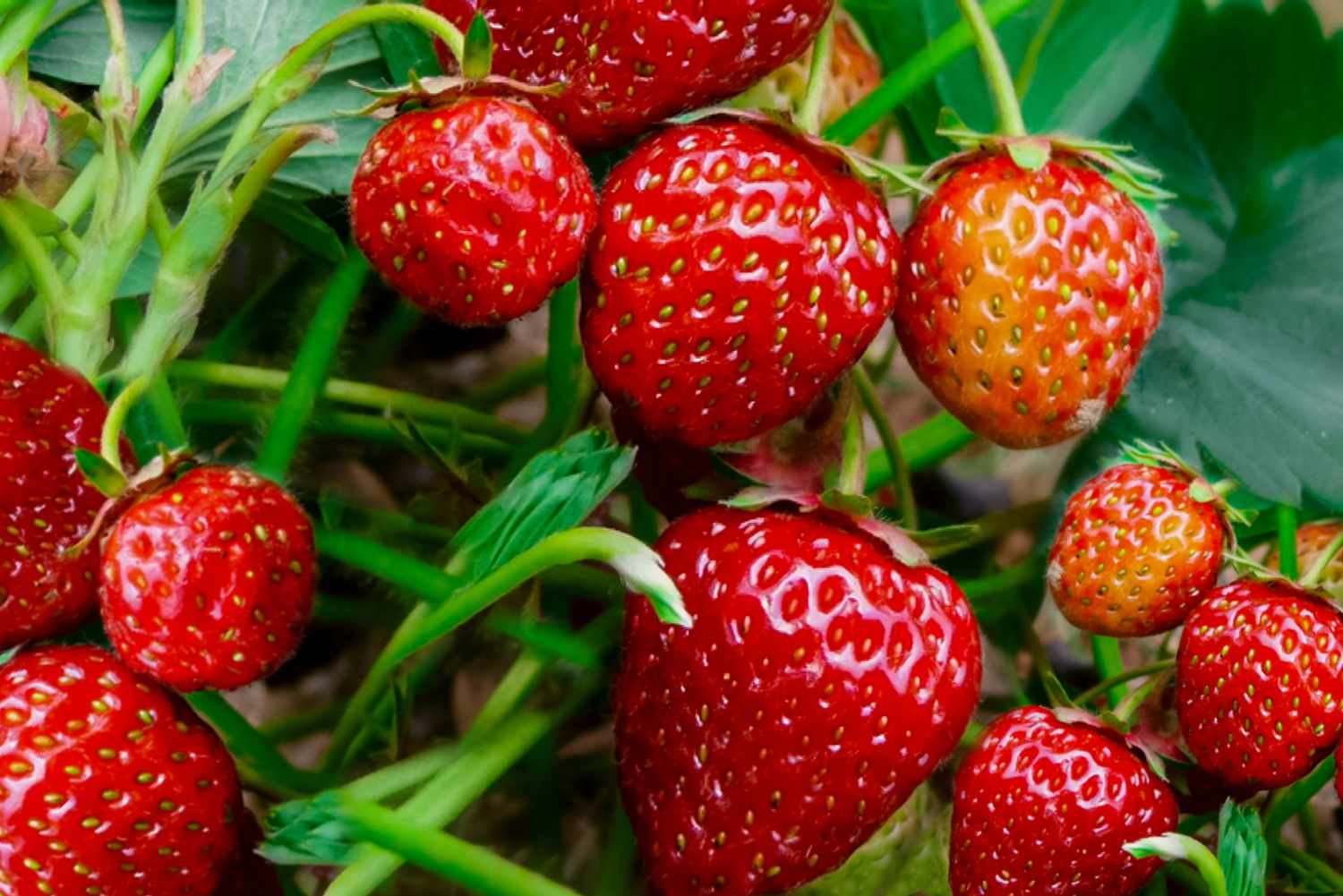
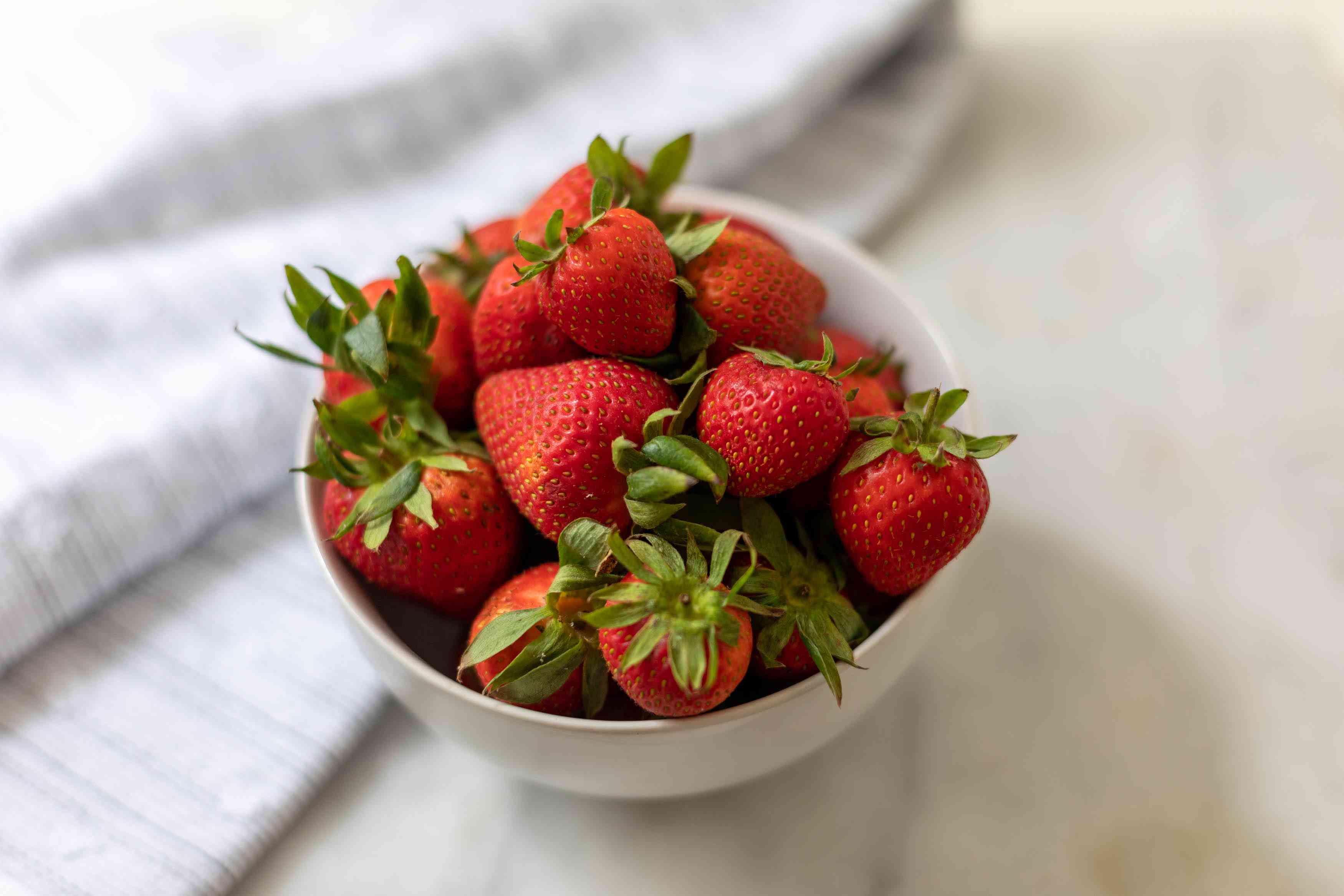
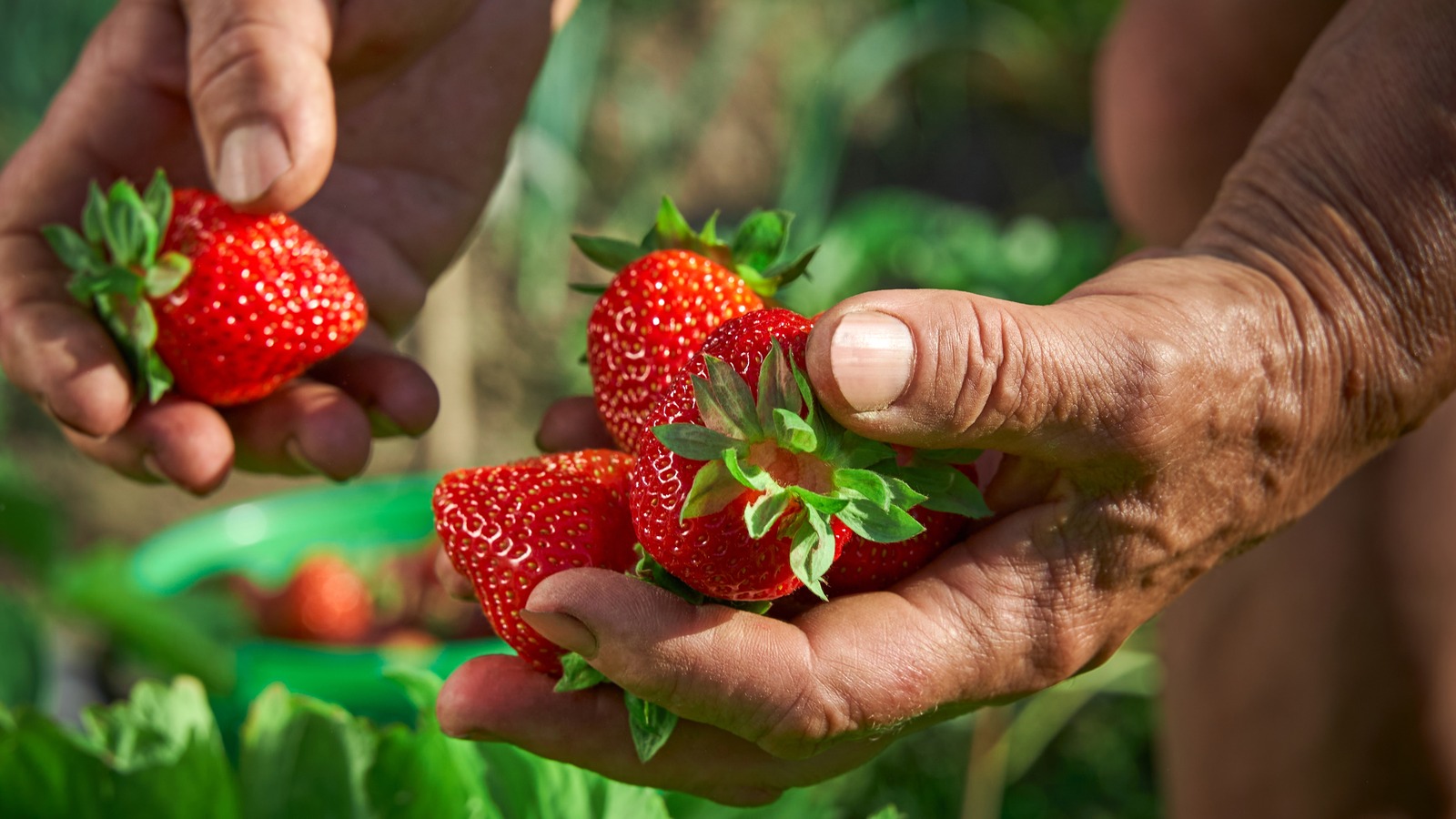
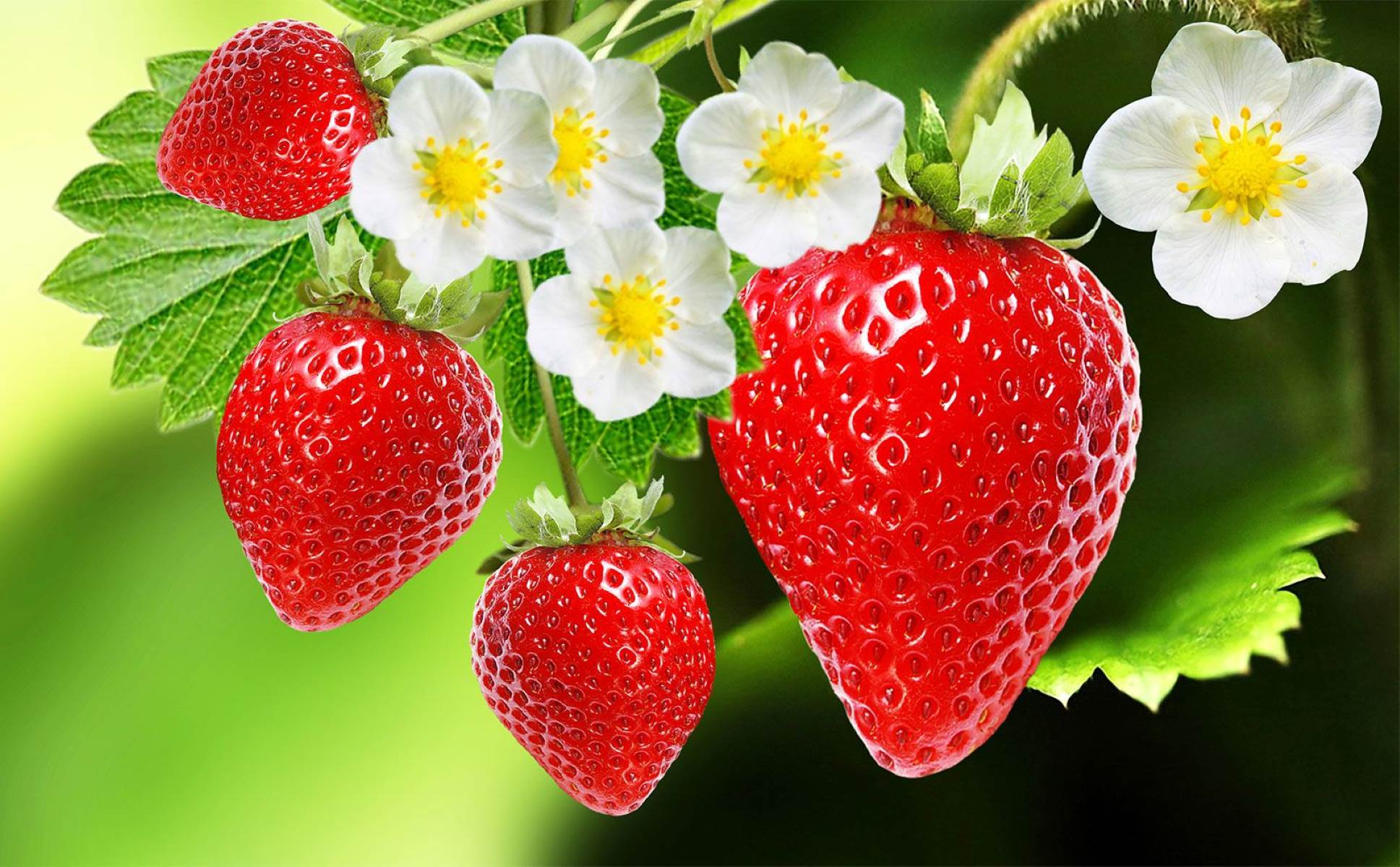
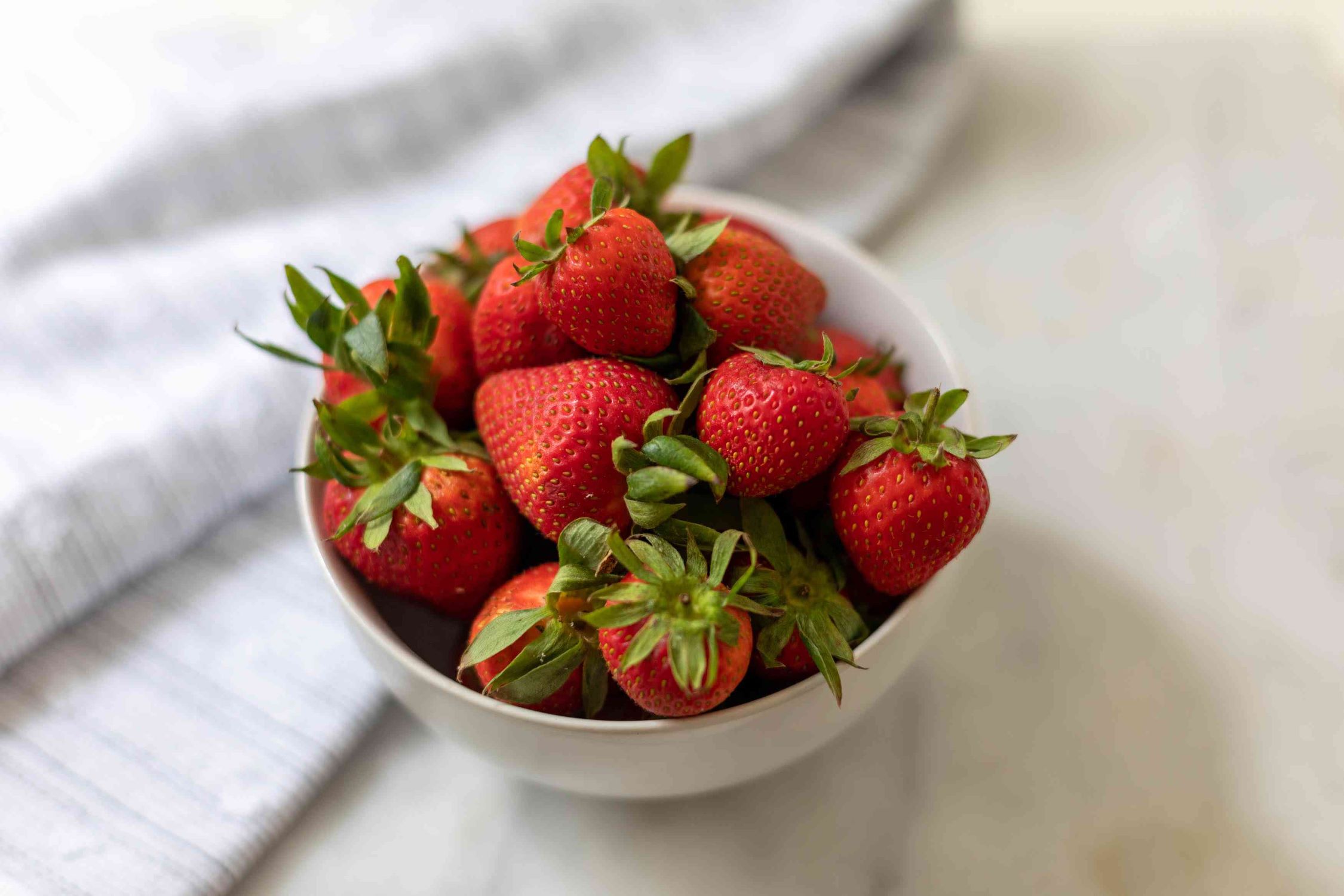
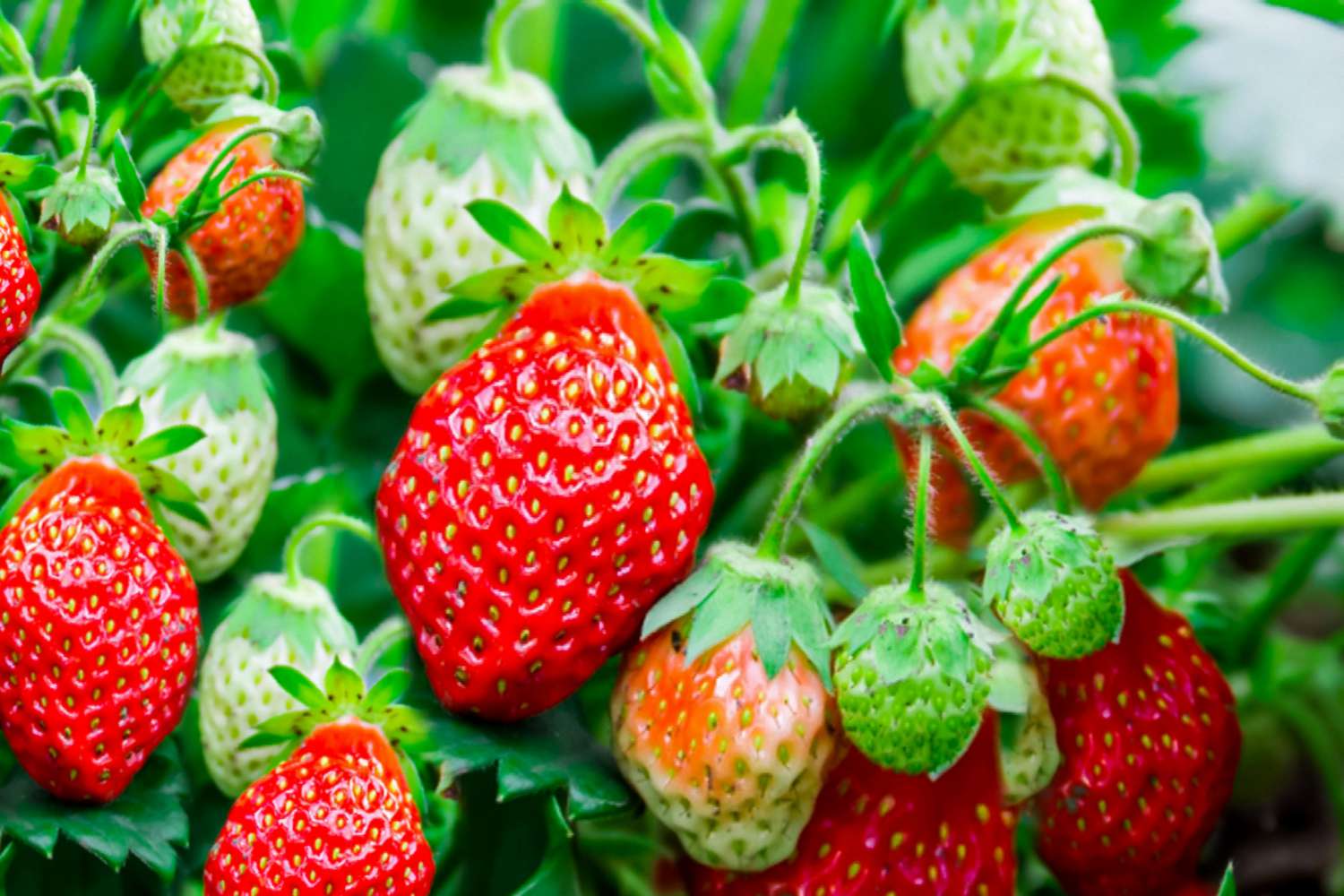
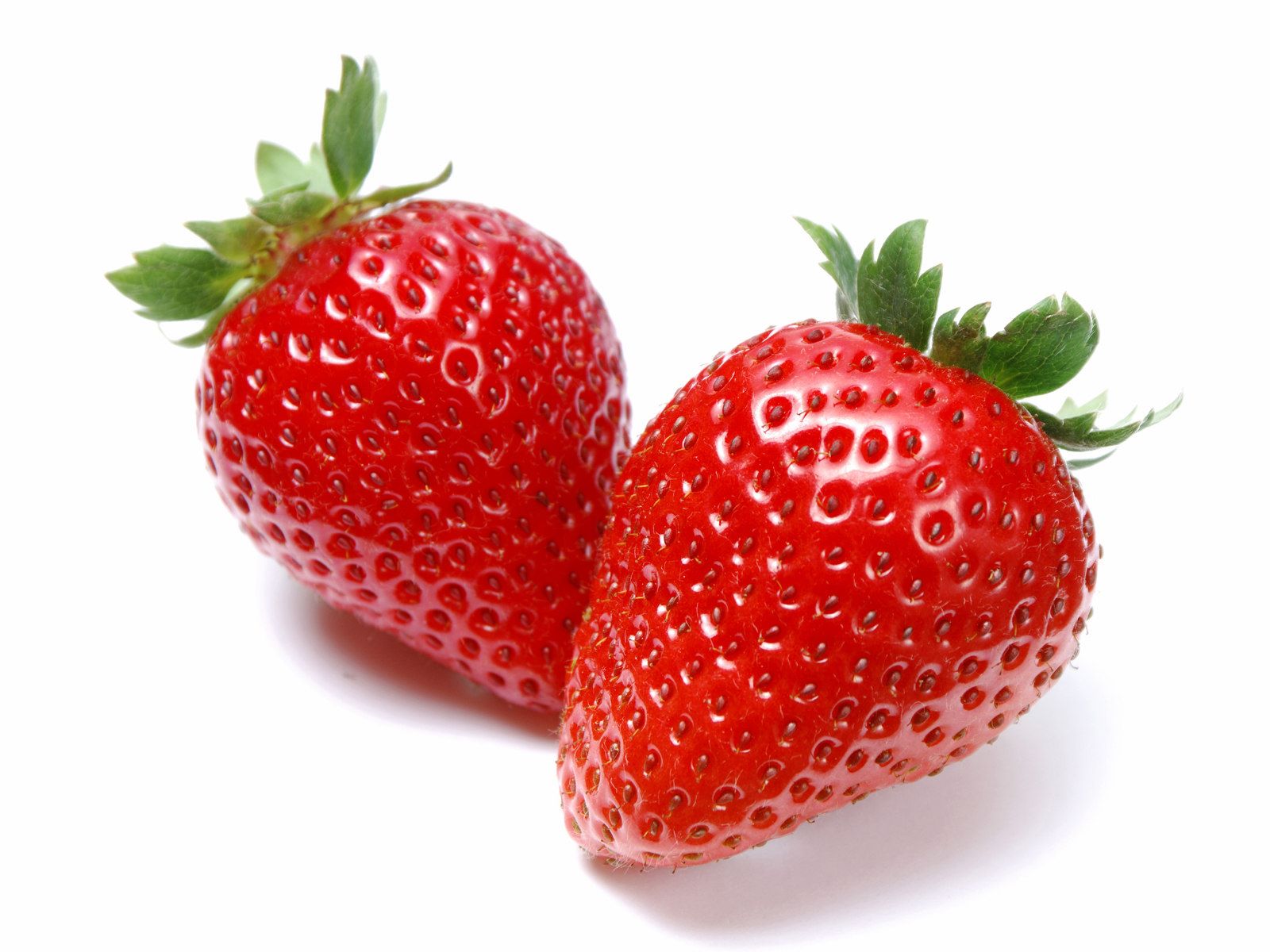
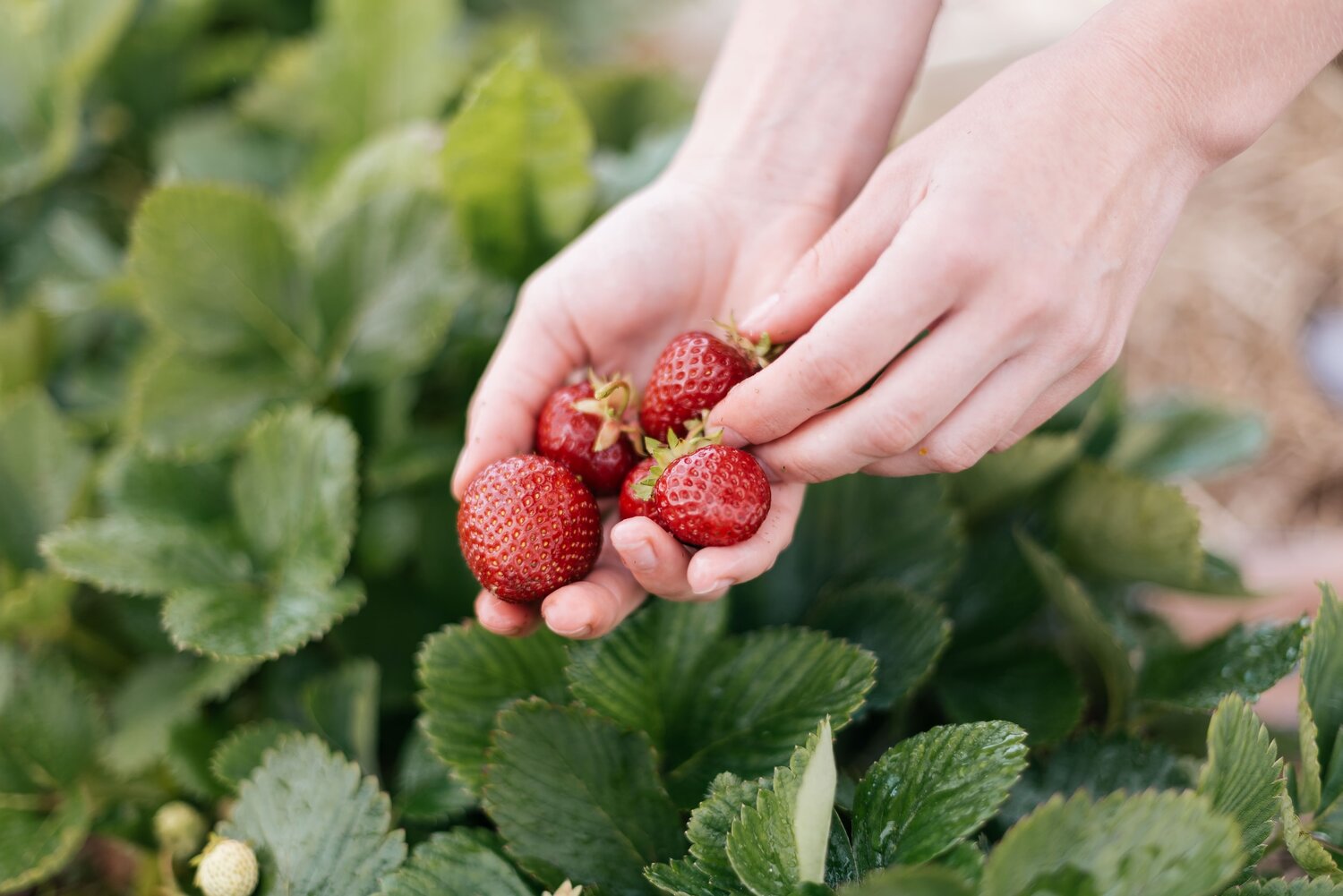
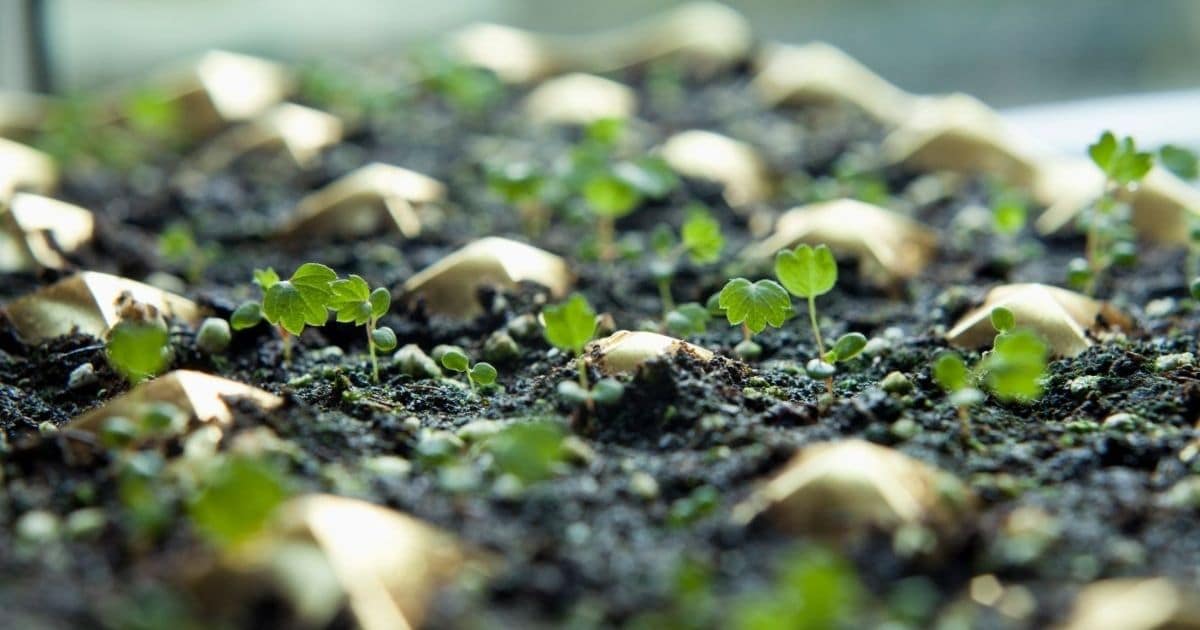
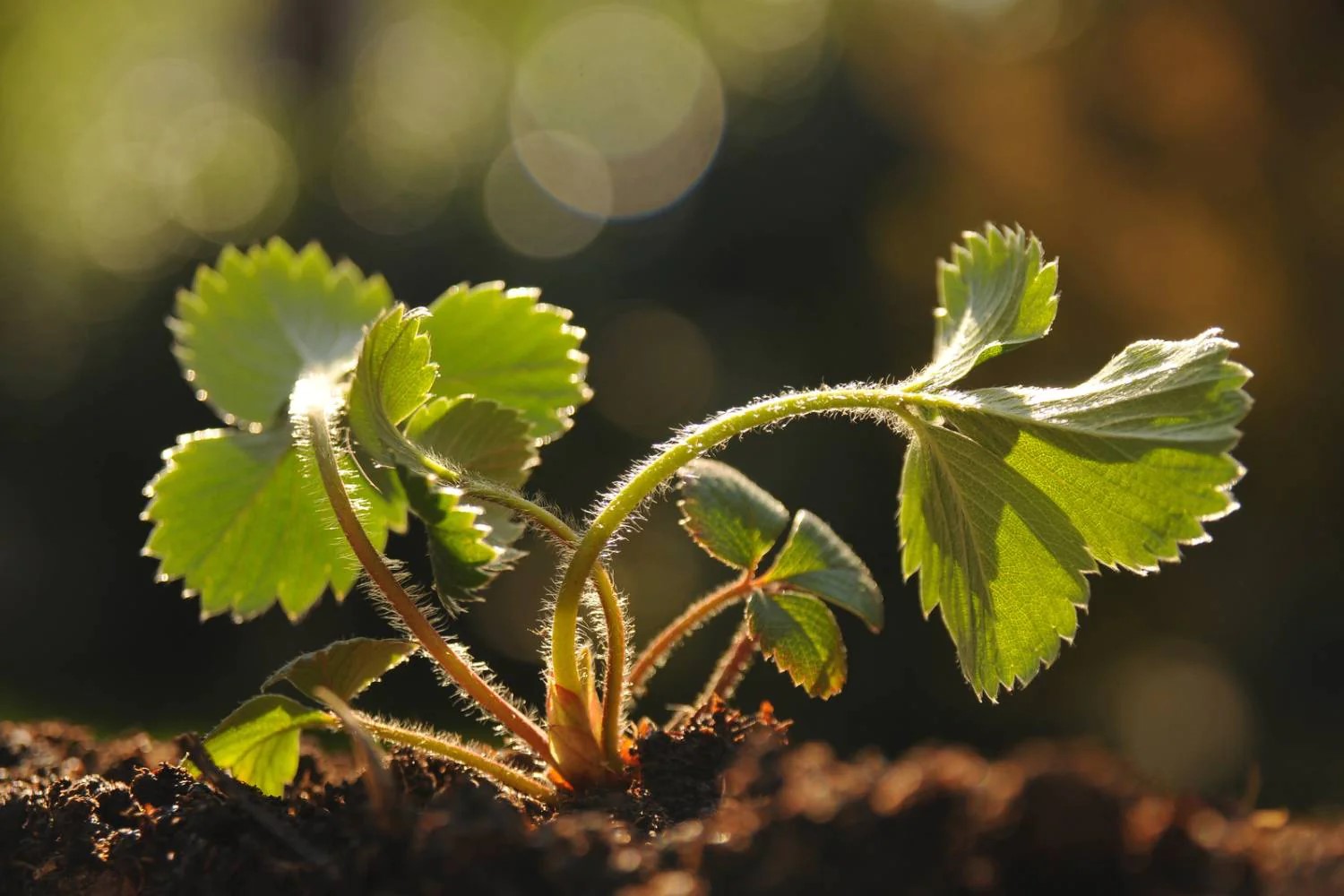
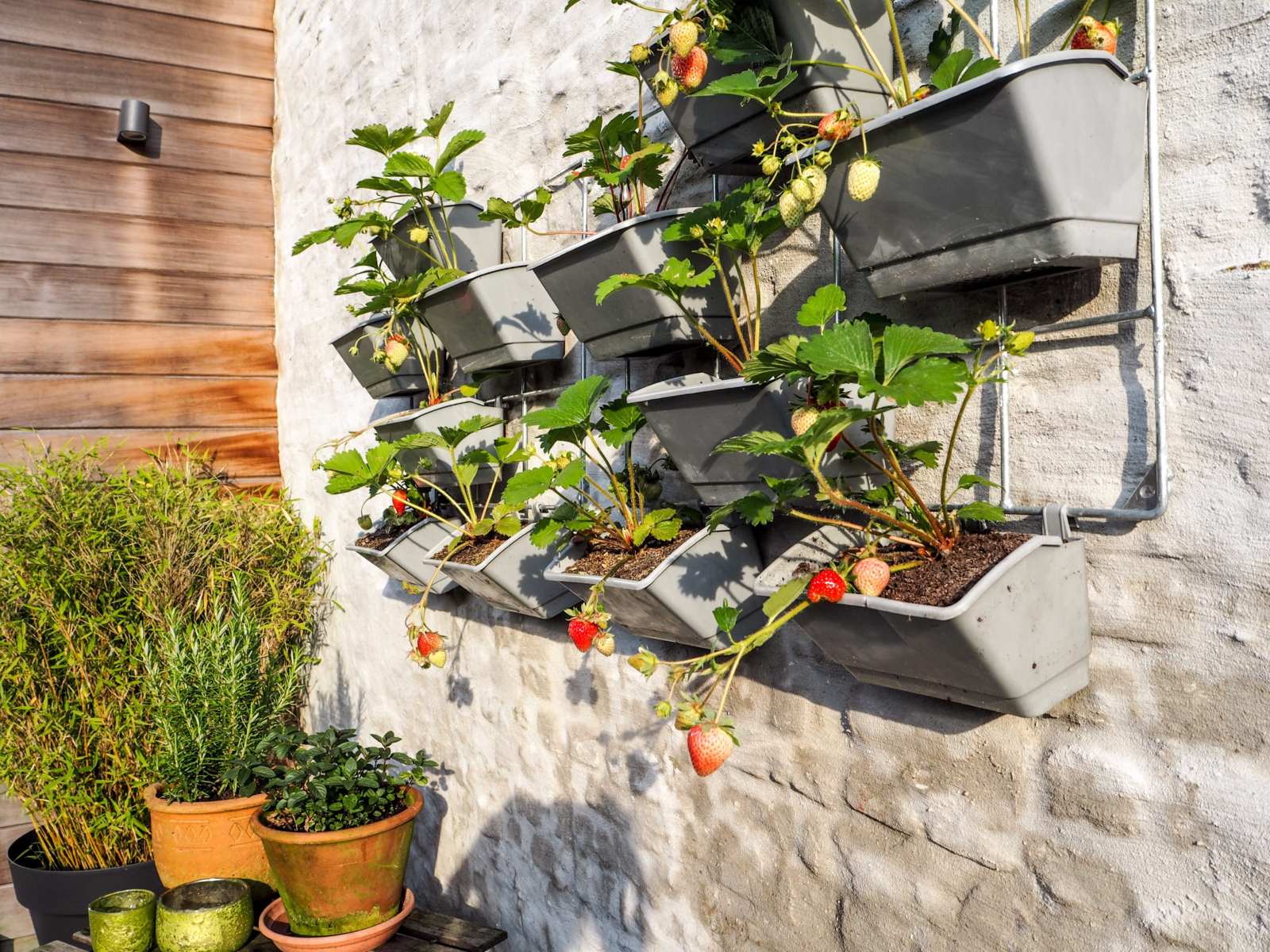
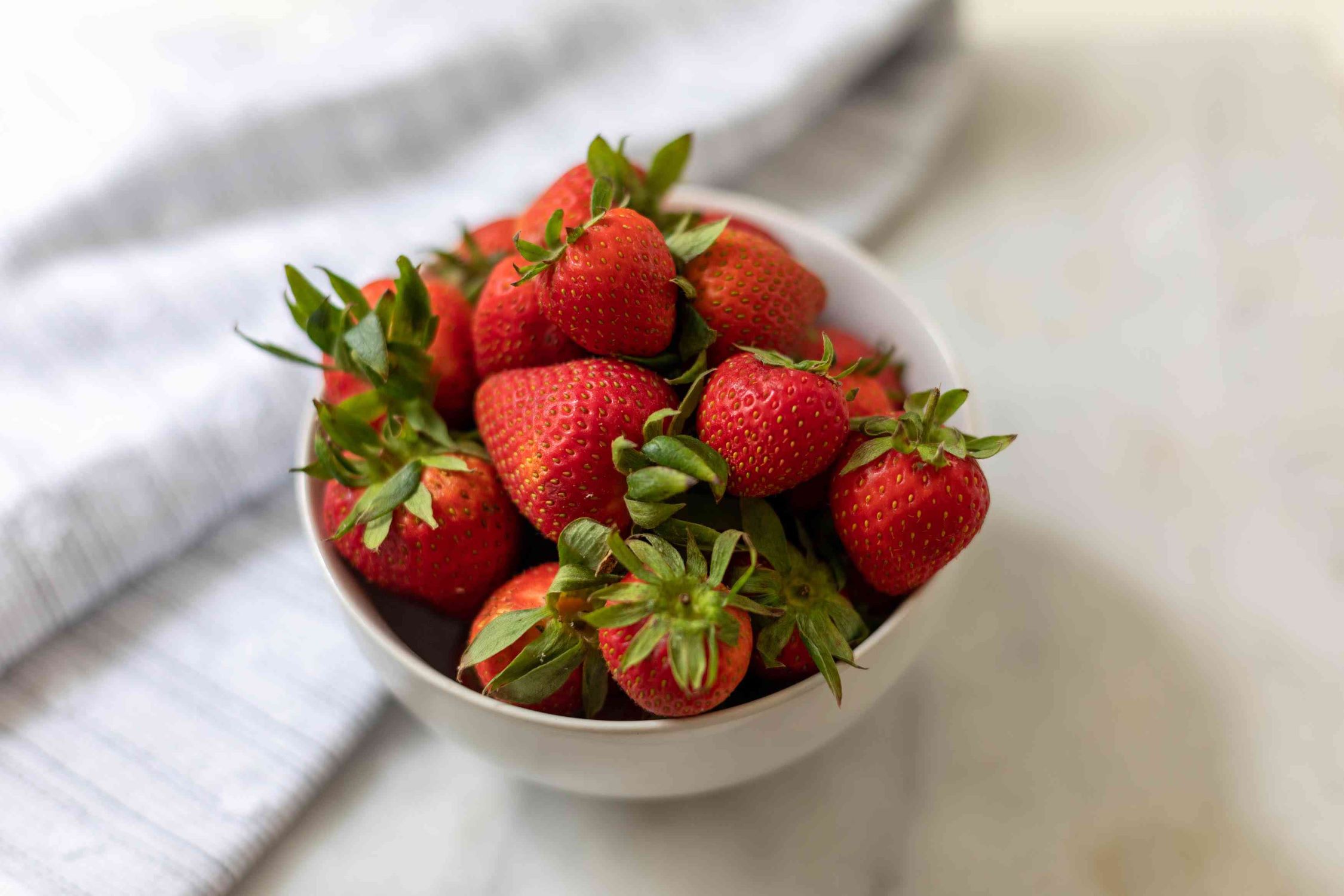
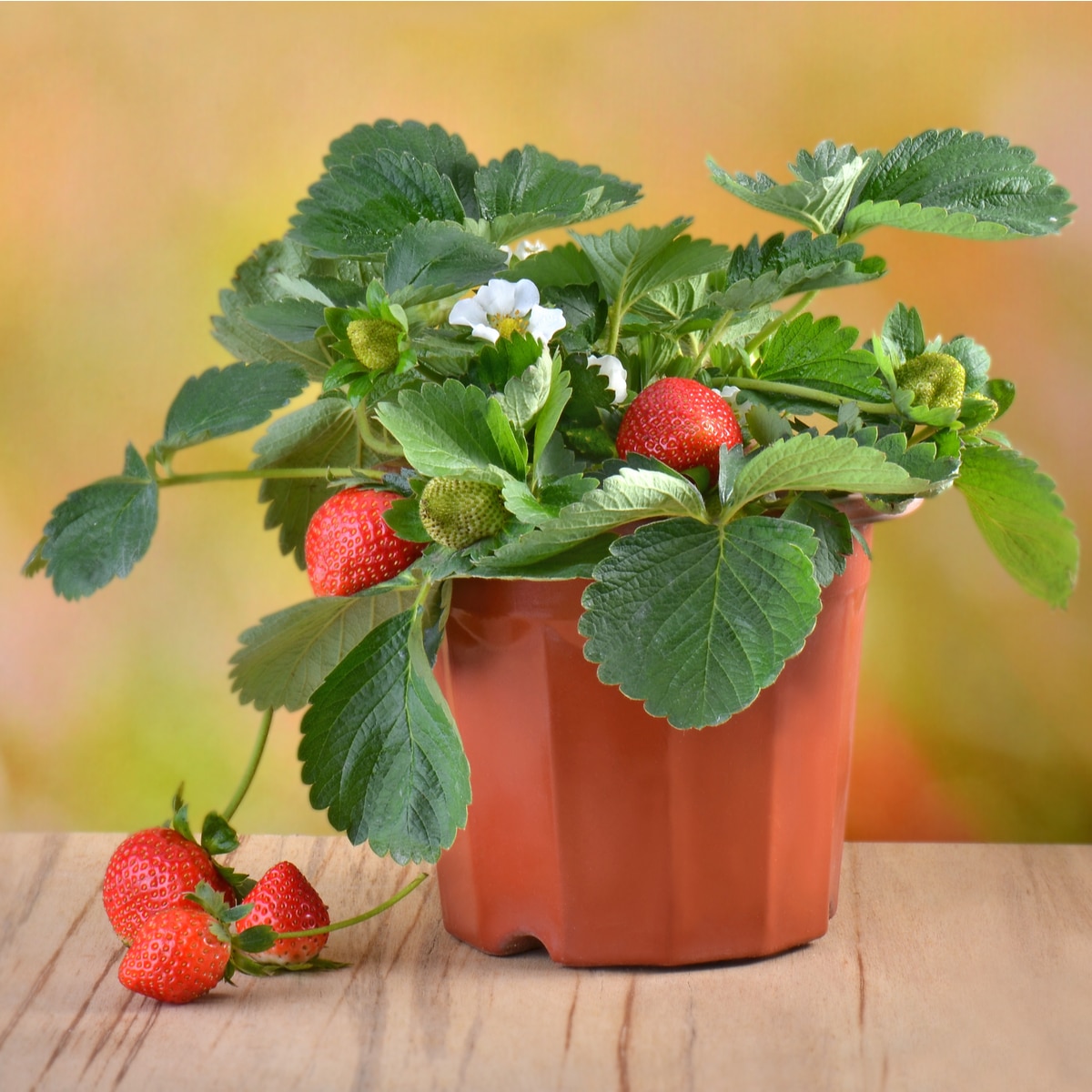
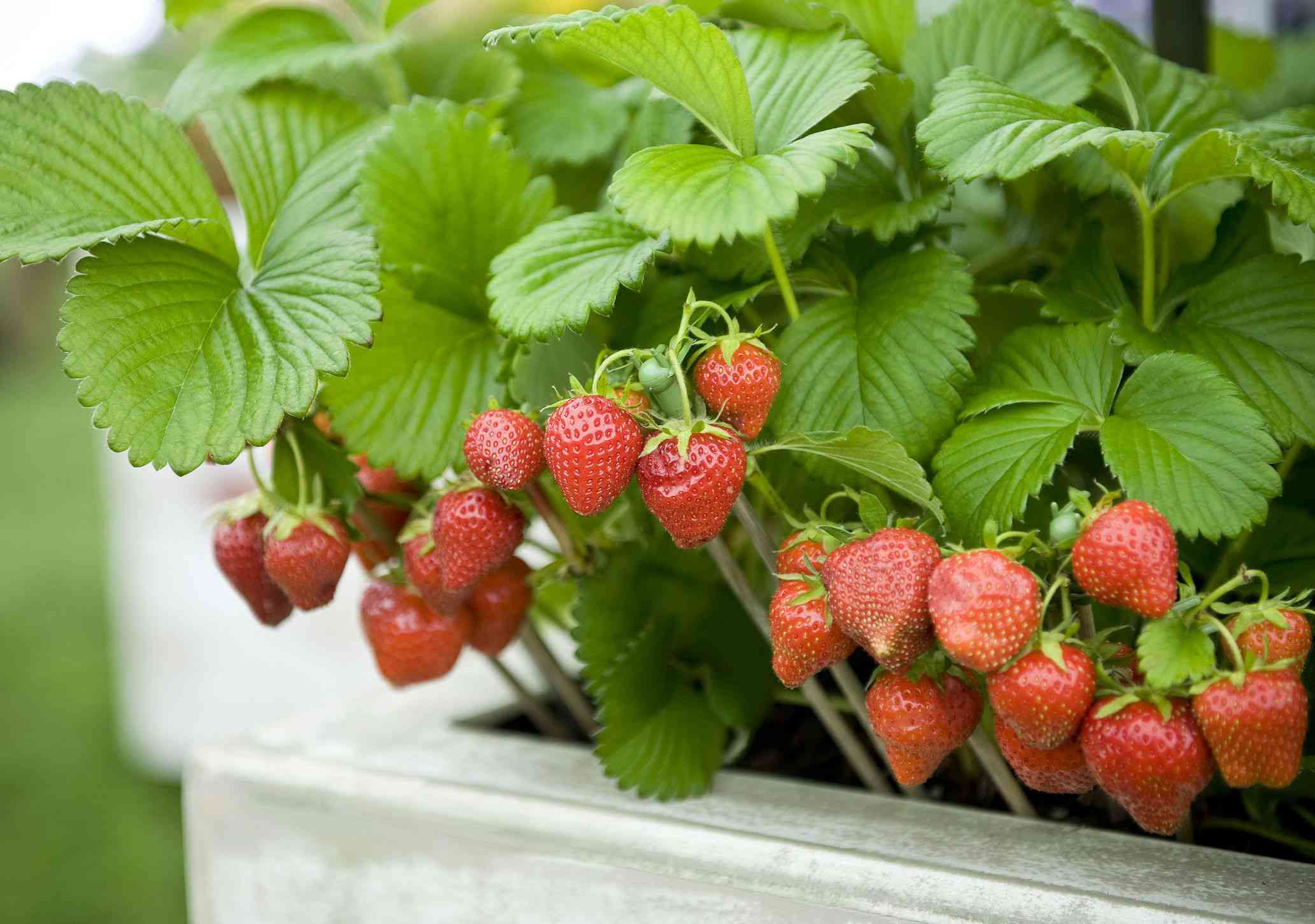

0 thoughts on “How Many Seeds In Strawberry”